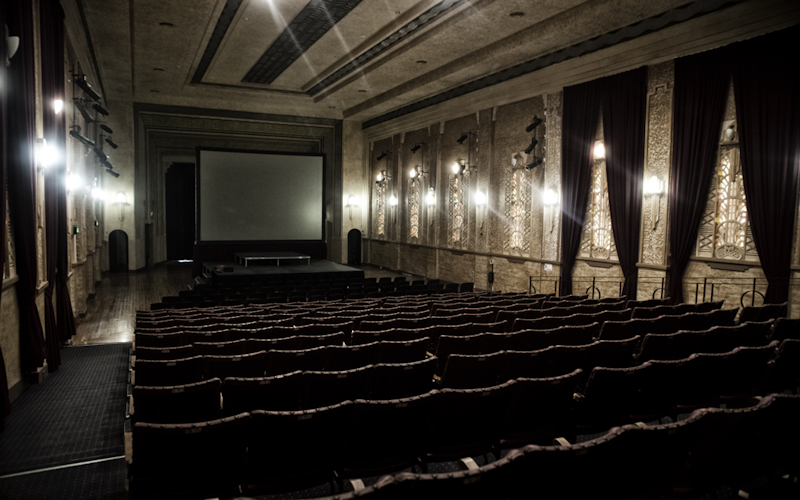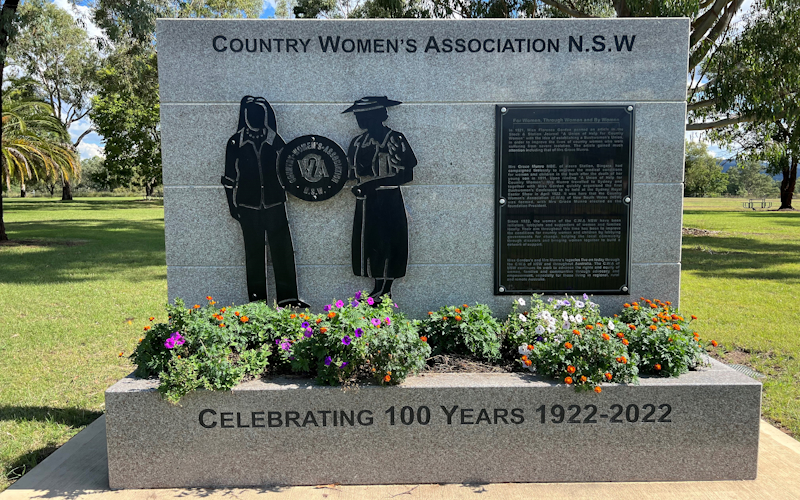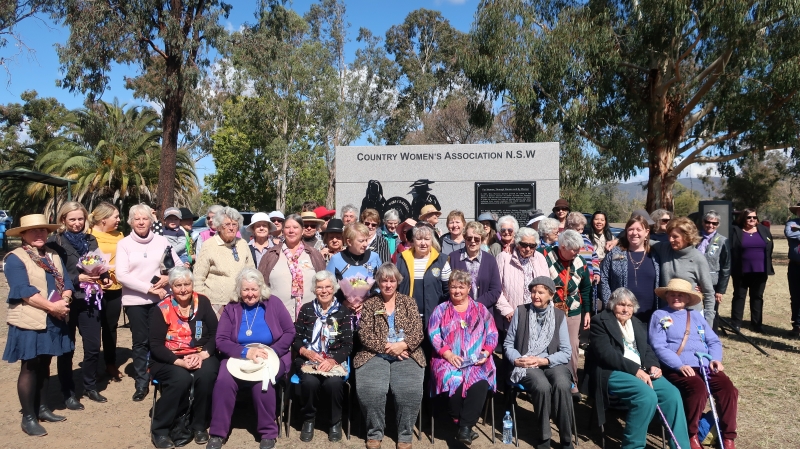Upper Bingara – Our Mining Past
A visit to Upper Bingara, which yielded more gold than Bingara itself, is a perfect family day trip and a must-see location for avid fossickers. Before heading out on the Upper Bingara loop road be sure to stop in at Ruby Hill which is located approximately 18.5km from Bingara on Cobbadah Road. Most confusingly it is garnets rather than rubies which can be found there.
Upper Bingara was the biggest of the two settlements that occurred in the district after the discovery of gold in the 1850s. It developed more quickly than Bingara, but also faded quickly when the rich gold yields diminished in the 1870s. Bingara then became the preferred site for a town.
Upper Bingara once thrived, with shops, two hotels, a dance hall, a racecourse, gold mines and processing plants. It is hard to believe that what remains is little more than numbered triangles marking the sites on the side of the road, which pay testimony to its industrious past.
Still there, is Three Creeks Gold Mine, a privately operated reef working mine which will take you back in time to the mine in 1881. Bingara is famous for its quality gold and crystals, which are still being found today.
Chinese
It is estimated there were up to 500 Chinese mining in the Bingara district, particularly at Upper Bingara at the height of the gold rush.
Although it is known that they built a Joss House, the only real evidence of their presence is their cemetery and some scattered mine workings and water races.
The Chinese were very thorough and systematic miners.
Chinese Cemetery
This heritage registered site is a significant memorial to the risks they took and their social isolation.
The Chinese cemetery is still enclosed by a post and rail fence. The area was probably cleared of trees, but they have since grown back.
Only two headstones remain in the European cemetery, both belonging to babies. They stand as a stark reminder of the harsh life experienced by families on our early goldfields.
Try your hand at gold panning, looking for garnets or sieve for perfectly formed quartz crystals – you even get to keep what you find! The private museum allows you to learn about the history of mining through artefacts from the time of the mining boom. Displays of jewellery, gold, garnets, crystals and rock minerals are all for sale.
Opening hours: seven days – 9:00am to 5:00pm
(Booking ahead is advised)
5890 Upper Bingara Road Upper Bingara
(02) 6783 2224
threecreeksgoldmine@skymesh.com
Visit: Three Creeks Gold Mine Facebook
Grass Trees
Drive south from Bingara down Stoddart’s Valley on Cobbadah Road for 15km before taking a left turn onto the Upper Bingara loop road. A large stand of grass trees (xanthorrhoea johnsonii) can be seen from the road. They are located on private land, so please do not enter. These prehistoric remnants grow only an inch a year; each mature tree represents centuries of growth and some are over 600 years old.













